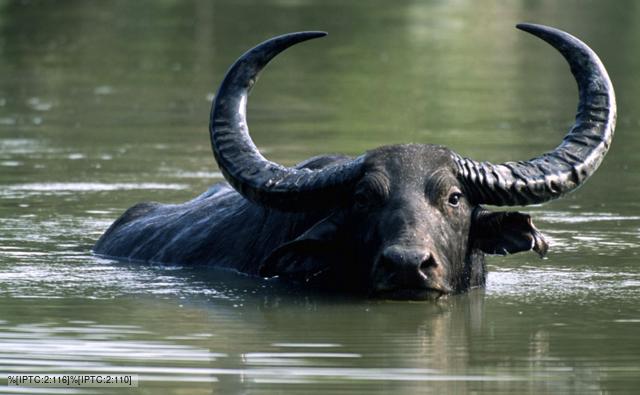Don't click me What do Hermit crabs eat?
| Is he in dangerous? |
Where do Hermit crabs live?
Hermit crabs are often kept in aquariums,for la These crabs spend most of their life underwater as aquatic animals, live in varying depths of saltwater from shallow reefs and shorelines to deep sea bottoms and rarely leave for land.Most species are aquatic and live in varying depths of salt water, from shallow reefs and shorelines to deep sea bottoms. Tropical areas host some terrestrial species, though even those have aquatic larvae and therefore need access to water for reproduction. Hermit crabs return to the sea to deposit their eggs. Due to this they cannot be breed in captivity.
Hermit Crabs Squeeze
Hermit Crabs Squeeze
 |
Interesting facts about hermit crabs
Hermit crabs drink by dipping their claws in water then lifting out drops of water to their gills and mouth.
On average we hear of hermit crabs living for a couple years as pets, however have heard of some that have been kept for over 20 years in captivity.
Hermit crabs love to climb. It is always a good idea to have a cage they can climb up or some other climbing material in their cage.
Hermit crabs are nocturnal. They move around a lot more at night then during the day
Hermit crabs have been heard making croaking sounds. It is still being studied to try to find out if this is a means of communication or what the croaking might mean


